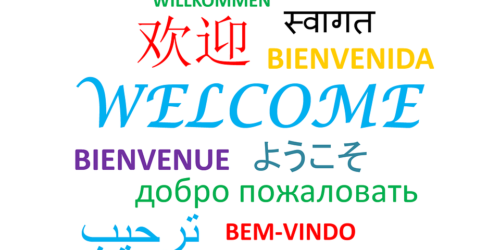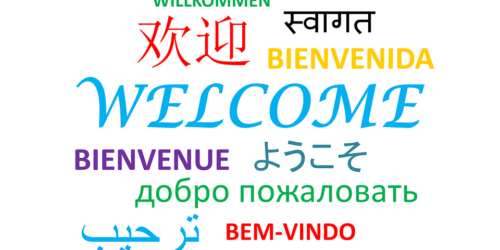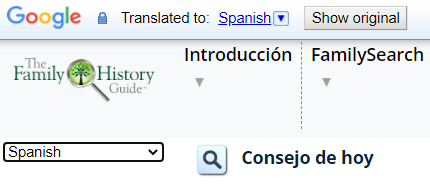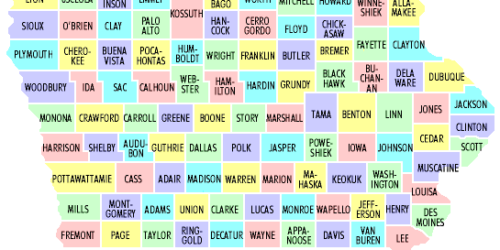Editor’s Note: This article by James Tanner was published previously on the Genealogy’s Star blog site and is used with the author’s permission.
The United States is a nation of immigrants. About 1.6% of the population are Native Americans. If we persist in doing genealogical research we will all find ourselves trying to read difficult to decipher handwriting and nearly all of us will find a challenge in reading a foreign (to us) language. In my ancestry, I will encounter Irish, Scottish, Welch, older forms of English, and Danish. If I go far enough back, I will find some Dutch. Also, in almost every line, I will eventually have some difficulty in reading the handwritten records.
My first Danish speaking ancestor was born in 1863 and came to America as a young child. His father, Jens Christensen, has a Danish christening record. Here is a copy of the record.
Here is a magnified copy of the entry for Jens Christensen.
The date is 31 July 1819. In the event, we run into either a language challenge or a handwriting challenge we either have to spend our time learning enough of the target language to get by with reading the records and learning how to read the handwriting or hire someone who can help us with both. Persistent and dedicated genealogists “bite the bullet” and learn both.
If you are confronted by a language barrier, the first place to start is a word list. Here is one from the FamilySearch.org Research Wiki.
 |
| https://www.familysearch.org/wiki/en/Danish_Genealogical_Word_List |
Many years ago, FamilySearch printed some Research Outlines covering the basic research techniques in countries all around the world. Here is the cover of the one for Denmark.
 |
| http://files.lib.byu.edu/family-history-library/research-outlines/Scandinavia/Denmark.pdf |
This particular Danish Research Outline is 253 pages long but all these old Research Outlines are no longer in print. However, all is not lost. All of them are available in PDF files on the Brigham Young University Family History Library Website.
 |
| https://fh.lib.byu.edu/research_outlines/#scandinavia-research-outlines |
In addition, if you need more help, you can find links to even more information on The Family History Guide Countries Research section.
 |
| https://thefhguide.com/countries.html |
Now let’s suppose you still have trouble reading the handwriting in old records. Why not try the following website for some instruction:
 |
| https://script.byu.edu/ |
When you start getting into difficult handwriting and languages you do not know, you are just getting into the interesting parts of genealogical research and the best parts also.








